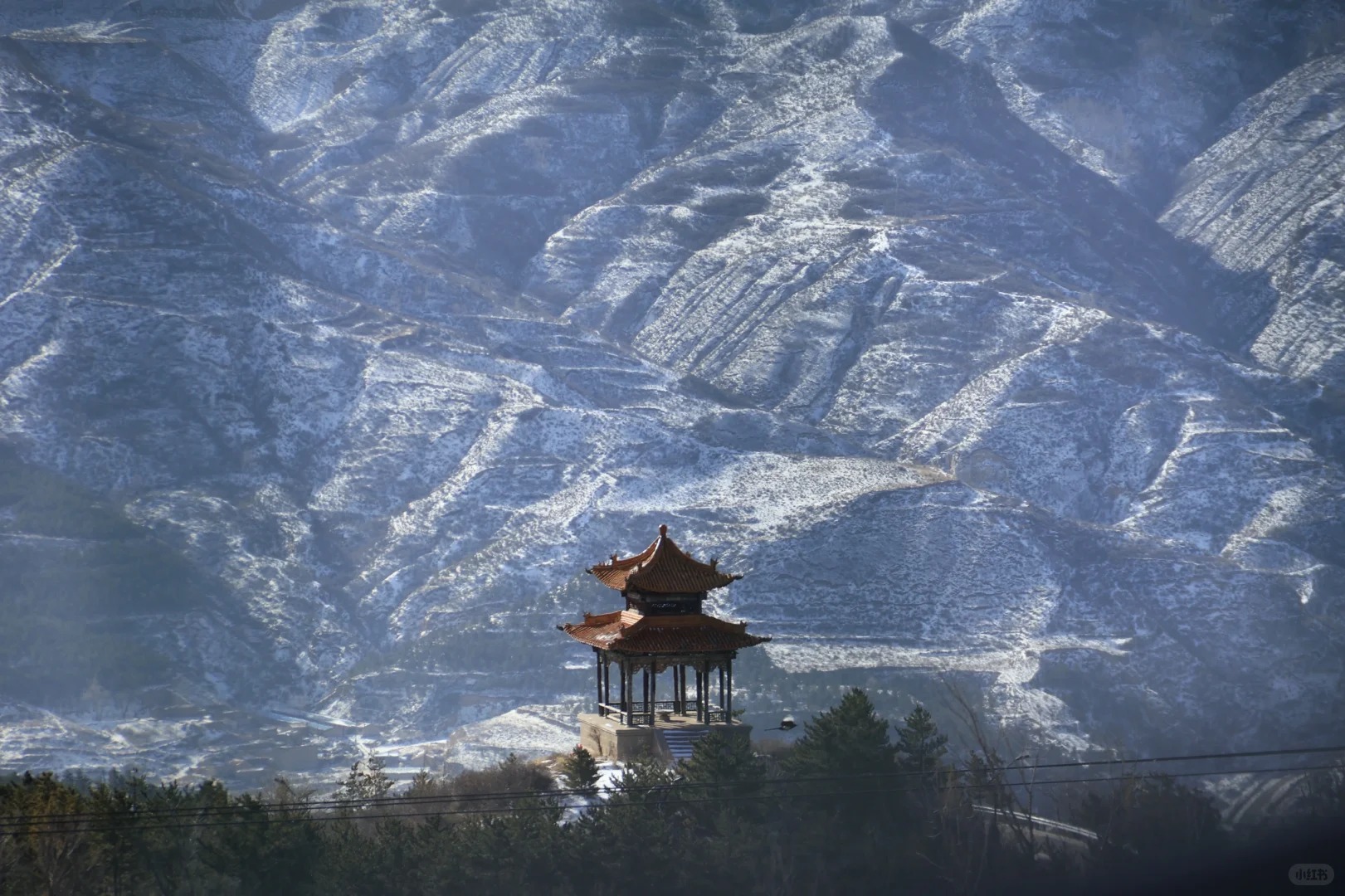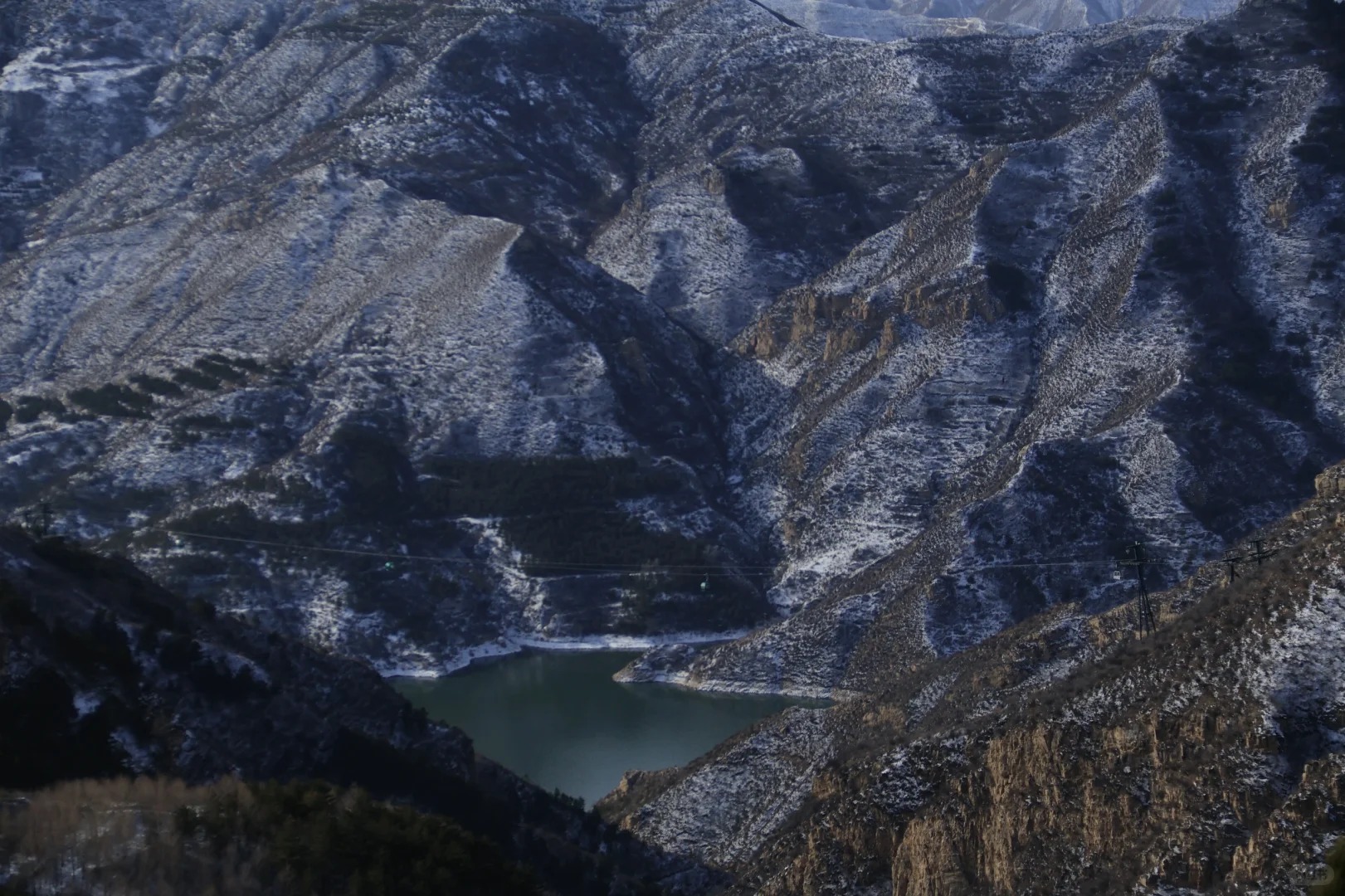Hengshan Mountain

Historical Overview
Mount Heng’s history spans over 2,000 years, with records of Daoist worship dating back to the Han Dynasty (206 BCE–220 CE). It became a major pilgrimage site during the Tang Dynasty (618–907 CE) and saw the construction of iconic temples like the Grand Temple of Mount Heng (Nanyue Damiao). The mountain played a role in Confucian rituals, serving as a site for imperial sacrifices. In the 20th century, it survived wars and political upheaval, later being restored and recognized as a cultural treasure. Today, it stands as a testament to China’s enduring spiritual and historical legacy.
Structural Layout
Mount Heng’s layout integrates natural and man-made elements across its 72 peaks:
- Northern Peak (Huiyan Peak): The highest point, offering panoramic views.
- Southern Temple Complex: Centered on the Grand Temple of Mount Heng, featuring courtyards, pavilions, and the Hall of the Heavenly King.
- Central Zone: Home to the Purple Cloud Temple (Ziyun Temple), a Daoist sanctuary, and the Zhurong Peak, named after the fire god in Chinese mythology.
- Western Valleys: Dotted with secluded monasteries and waterfalls, such as the Shui Lu Cave.
- Eastern Slopes: Known for tea plantations and hiking trails leading to the Jade Maiden Peak.
Major Attractions
- Grand Temple of Mount Heng (Nanyue Damiao): A sprawling complex with 200-year-old architecture, including the Hall of Supreme Harmony and the Pavilion of Eight Immortals.
- Zhurong Peak: The mountain’s spiritual heart, housing a shrine to the fire god Zhurong and offering sunrise views.
- Purple Cloud Temple (Ziyun Temple): A Daoist temple with intricate carvings and a 1,000-year-old bronze bell.
- Water-Dropping Cave (Shui Lu Dong): A limestone cave with stalactites and a natural waterfall.
- Jade Maiden Peak (Yunv Feng): Legendary site where the Jade Maiden, a celestial being, descended to bathe.
- Zeng Guofan’s Tomb: The resting place of the Qing Dynasty statesman, surrounded by pine forests.

Suggested Itineraries
- Classic Route (4–5 hours):
Grand Temple of Mount Heng → Zhurong Peak → Purple Cloud Temple → Jade Maiden Peak → Water-Dropping Cave.
Highlights: Key temples, mythical peaks, and natural wonders. - Spiritual Journey (6–7 hours):
Grand Temple → Zhurong Peak → Purple Cloud Temple → Zeng Guofan’s Tomb → Hidden Monastery Trail → Sunset at Northern Peak.
Highlights: Deep dive into Daoist/Buddhist sites and historical landmarks. - Adventure Route (Full Day):
Early hike to Northern Peak → Grand Temple → Zhurong Peak → Water-Dropping Cave → Tea Plantation Tour → Night stay in a mountain lodge.
Highlights: Strenuous hikes, cultural immersion, and stargazing.
Ticket Purchase
- Online: Book via the official Mount Heng website or travel platforms like Ctrip (up to 3 days in advance).
- On-Site: Tickets available at entrance gates, but queues peak during holidays.
- Prices:
- Peak Season (April–October): ¥110 (adults), ¥55 (students/seniors).
- Off-Season (November–March): ¥80 (adults), ¥40 (students/seniors).
- Free: Children under 1.2m, disabled visitors, and military personnel.
Transportation
- By Train: Take a high-speed train to Hengshan West Station (Hunan Province), then a 20-minute taxi to the mountain entrance.
- By Bus: Direct buses from Changsha’s South Bus Station to Mount Heng Scenic Area (2-hour journey).
- By Car: Self-drive from Changsha (1.5 hours) or Hengyang (40 minutes).
- Shuttle Services: Free shuttles connect major parking lots to temple complexes.
Best Time & Tips
- Peak Hours: Avoid 10 AM–2 PM; arrive early to beat crowds.
- Weather: spring (April–May) and autumn (September–October) offer mild temperatures. Summers are lush but rainy; winters are cold but less crowded.
- Essentials:
- Wear sturdy shoes (trails can be steep).
- Carry water and snacks (facilities are limited).
- Respect temple etiquette: remove hats, avoid loud noises.
- Prohibited: Smoking, littering, and flying drones.
- Photography: Allowed except in restricted temple areas.
Contact Us
What Our Clients Say?
Based on 10,000+ traveler reviews














